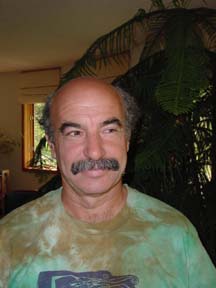By Chris Baltimore for Reuters
KENAI NATIONAL WILDLIFE REFUGE, Alaska (Reuters) - Here in a 13,700-year-old peat bog, ecologist Ed Berg reaches into the moss and pulls out more evidence of the drastic changes afoot due to the Earth's warming climate.
Rooting through a handful of mossy duff, Berg, an ecologist for the U.S. Fish and Wildlife Service, shows remains of shrubs and other plants taking hold over the last 30 years in a patch of ground that has long been too soggy for woody plants to grow.
In other words, the ground is drying out, and the peat bog is turning into forest.
"There has been a big change," Berg said. Core samples taken from the bog show moss nearly 22 feet under the ground, with no sign of trees or shrubs growing here for centuries, Berg said.
In 50 years, the bog could be covered by black spruce trees, he said.
Welcome to Alaska, where the blow of climate change will fall harder than on any other U.S. state.
KENAI NATIONAL WILDLIFE REFUGE, Alaska (Reuters) - Here in a 13,700-year-old peat bog, ecologist Ed Berg reaches into the moss and pulls out more evidence of the drastic changes afoot due to the Earth's warming climate.
Rooting through a handful of mossy duff, Berg, an ecologist for the U.S. Fish and Wildlife Service, shows remains of shrubs and other plants taking hold over the last 30 years in a patch of ground that has long been too soggy for woody plants to grow.
In other words, the ground is drying out, and the peat bog is turning into forest.
"There has been a big change," Berg said. Core samples taken from the bog show moss nearly 22 feet under the ground, with no sign of trees or shrubs growing here for centuries, Berg said.
In 50 years, the bog could be covered by black spruce trees, he said.
Welcome to Alaska, where the blow of climate change will fall harder than on any other U.S. state.

No comments:
Post a Comment